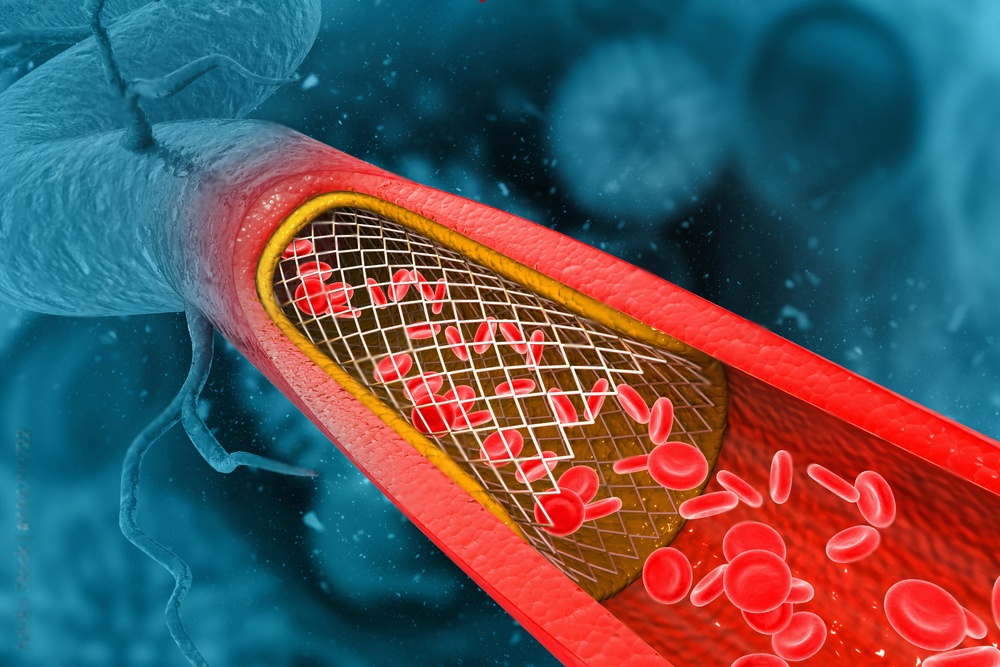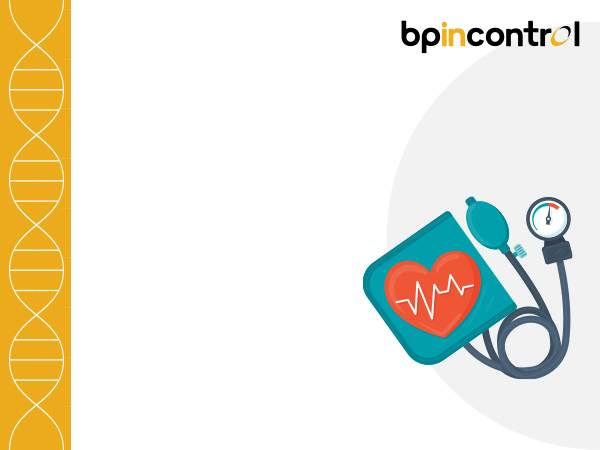Angioplasty: Meaning, Types, Procedure and Risk

Table of Contents
What is Angioplasty?
Angioplasty is a procedure that uses a balloon to widen narrowed or blocked arteries. It is often used to treat coronary artery disease, which can lead to heart attacks.
During the procedure for angioplasty, a thin tube (catheter) is inserted into a blood vessel in the arm or leg. The catheter is then guided to the narrowed or blocked artery. A balloon at the tip of the catheter is then inflated, which widens the artery and improves blood flow. Angioplasty is a minimally invasive procedure that can be performed on an outpatient basis. It is a safe and effective treatment for coronary artery disease. In some cases, a small, mesh tube (stent) may be placed in the artery after angioplasty to help keep it open.
Who needs angioplasty?
People who may need angioplasty include:
- People who have chest pain (angina) that is not relieved by medication: Angina is chest pain that is caused by a lack of blood flow to the heart. Angioplasty can open up the narrowed arteries and improve blood flow to the heart, which can relieve chest pain.
- People who have had a heart attack: A heart attack is a serious condition that occurs when a part of the heart muscle does not get enough blood flow. Angioplasty can open up the narrowed arteries and improve blood flow to the heart, which can help to prevent heart attack.
- People who have a narrowing of the coronary arteries that is causing damage to the heart muscle: A narrowing of the coronary arteries can damage the heart muscle. Angioplasty can open up the narrowed arteries and improve blood flow to the heart, which can help to prevent further damage to the heart muscle.
- People with chronic kidney disease who are also at risk of developing blood clots: People with chronic kidney disease (CKD) may be considered for angioplasty. However, the risks of angioplasty may be higher.
- People who have a high risk of having a heart attack: People who have a high risk of having a heart attack may be candidates for angioplasty. This includes people who have a family history of heart disease, people who smoke, and people who have high blood pressure, high cholesterol, or diabetes.
Types of Angioplasty
There are two main types of procedure for angioplasty:
- Balloon angioplasty: Balloon angioplasty is a minimally invasive surgery that is used to open up narrowed or blocked arteries. It is often used to treat coronary artery disease, a condition that can lead to heart attacks.
- During balloon angioplasty, a thin, flexible tube (catheter) is inserted into a blood vessel in the arm or leg. The catheter is then guided to the narrowed or blocked artery. A balloon at the tip of the catheter is then inflated, which widens the artery and improves blood flow.
- Balloon angioplasty is a safe and effective procedure that can improve blood flow to the heart and reduce the risk of heart attack. However, there are some dangers involved with balloon angioplasty, including bleeding, infection, and heart attack. The hazards are generally low, but they should be discussed with your doctor before the procedure.
- Stent placement: Stent placement in the artery is a procedure that is used to open up narrowed or blocked arteries and keep them open. It is often used in conjunction with balloon angioplasty.
- During stent placement, a stent is inserted into a narrowed or blocked artery after balloon angioplasty. The stent helps to keep the artery open and prevents it from narrowing again.
- The procedure of stent placement is completely harmless and efficient, leading to enhanced blood flow to the heart and a decreased likelihood of experiencing a heart attack. Yet the implantation of stents is not without risks such as bleeding, infection, and blood clots. Although the risks are often small, you should talk to your doctor about them before the surgery.
Procedure for Angioplasty
Angioplasty, a minimally invasive procedure, is a go-to solution for opening up narrowed or blocked arteries, particularly in cases of coronary artery disease that can lead to chest pain or even heart attacks.
The procedure for angioplasty:
- Preparation for angioplasty: Before the procedure, you will need to fast for several hours and have blood drawn to check your blood clotting levels.
- You may also be given medications to prevent blood clots and relax your muscles.
- The procedure: The angioplasty procedure is performed in a hospital or outpatient surgery center.
- The patient will lie on a table and an IV will be inserted into their arm or hand.
- The doctor will make a small incision in their arms or legs and insert the catheter into the artery.
- The catheter is then guided to the narrowed or blocked artery.
- A balloon at the tip of the catheter is then inflated, which widens the artery and improves blood flow.
- Recovery: After the procedure, you will be taken to a recovery room where you will be monitored for several hours.
- You may experience some pain and bruising at the incision site. You will also be given medications to prevent blood clots and pain.
- Complications: The most common complications of angioplasty are bleeding, infection, and heart attack. You can read more about it in the next section.
Risk or complications of angioplasty?
Angioplasty is generally a safe procedure, but there are some risks and complications that can occur. These include:
- Bleeding: Minor bleeding at the site where the catheter was inserted is the most common complication. Fortunately, it can typically be controlled by applying pressure. In rare instances, more significant bleeding may occur, necessitating interventions such as a blood transfusion or even surgery.
- Damage to Blood Vessels: Occasionally, the catheter may cause minor damage to the blood vessels it passes through, which typically poses no significant issues. However, in rare cases, this may lead to a condition known as dissection, where the blood vessel wall tears. Such an occurrence can result in bleeding, blood clot formation, or narrowing of the blood vessel.
- Allergic Reaction to Contrast Dye: The contrast dye utilized to visualize the arteries during angioplasty may induce an allergic reaction in some cases. Most reactions are mild and can be effectively managed with medication. Nevertheless, there is a rare possibility of a more severe allergic response, which may manifest as difficulty breathing, hives, or even a heart attack.
- Heart Attack: While uncommon, a heart attack can occur during or after angioplasty. This is typically attributed to the formation of a blood clot in the treated artery. Individuals with severe coronary artery disease or a history of previous heart attacks are at a higher risk of experiencing a heart attack.
- Stroke: In rare instances, a stroke can transpire if a blood clot originating from the angioplasty site travels to the brain. Although this complication is uncommon, individuals with high blood pressure, diabetes, or other stroke risk factors are at a slightly elevated risk.
- Death: It is crucial to note that death is an exceedingly rare complication associated with angioplasty. Typically, it is attributed to a heart attack, stroke, or other severe complications.
In a Nutshell
Angioplasty is a transformative procedure that opens up the pathways to your heart, restoring optimal blood flow and reducing the risk of heart attacks. If you are someone who is looking at options to get an angioplasty, find a skilled and compassionate physician who can guide you through this transformative journey. To find a physician near you you can visit our Find a Physician webpage to connect with trusted experts in angioplasty and pave the way to a heart that beats with renewed vigor.
Don’t wait another day to embark on this life-changing adventure! Choose angioplasty and open the door to a future brimming with vitality and wellness. Embrace the opportunity to live your life to the fullest. Act now and witness the incredible transformation that awaits you!
FAQs
1. Is angioplasty a major surgery?
No, angioplasty is not a significant surgical procedure. It is a minimally invasive treatment in which a catheter is inserted into a blood vessel to open up restricted or clogged arteries. It is conducted under local anesthetic with no big incisions or general anesthesia. Angioplasty has a shorter recovery time than typical open-heart surgery.
2. Is angioplasty very painful?
During the procedure of angioplasty, you may experience some discomfort or pressure when the balloon is inflated to widen the artery. However, anesthesia and pain medication are used to ensure your comfort during the procedure. After angioplasty, you may experience mild soreness or bruising at the insertion site, but this discomfort is typically manageable with over-the-counter pain medications.
3. What is the age limit for angioplasty?
There is no specific age limit for angioplasty. The suitability of angioplasty as a treatment option depends on individual factors such as overall health, the extent of blockages, and the presence of other medical conditions.
4. What are the side effects of angioplasty?
While angioplasty is generally safe, there can be potential side effects. Common side effects include minor bleeding, bruising, or infection at the insertion site. In rare cases, more serious complications such as blood vessel damage, allergic reactions to contrast dye, heart attack, or stroke can occur. However, it’s important to note that these complications are uncommon.
5. What is the alternative to angioplasty?
In some cases, alternative treatments may be considered depending on the individual’s specific condition. These alternatives can include medication therapy, lifestyle changes (such as diet and exercise), or other interventional procedures like bypass surgery or the use of specialized devices.
Disclaimer
The information contained in this article/s is to educate / spread awareness in relation to hypertension and other diseases to the public at large. The contents of this article/s are created and developed by BPinControl.in (“The Website”) through its authors, which has necessary, authorisations, license, approvals, permits etc to allow usage of this articles on The Website. The views and opinions expressed in this article are views, opinions of the respective authors and are independently endorsed by doctors. Although great care has been taken in compiling and checking the information in this article/s, The Website shall not be responsible, or in any way liable for any errors, omissions or inaccuracies in this article/s whether arising from negligence or otherwise, or for any consequences arising therefrom. The content of this article is not a substitute for any medical advice. The Website shall not be held responsible or liable for any consequence arising out of reliance on the information provided in the article.


Comments (0)
No comments found.Add your comment